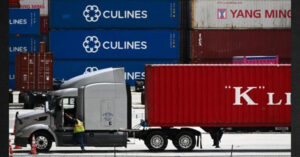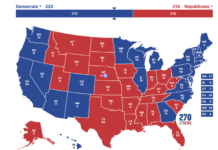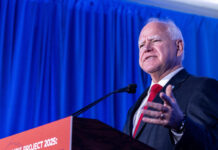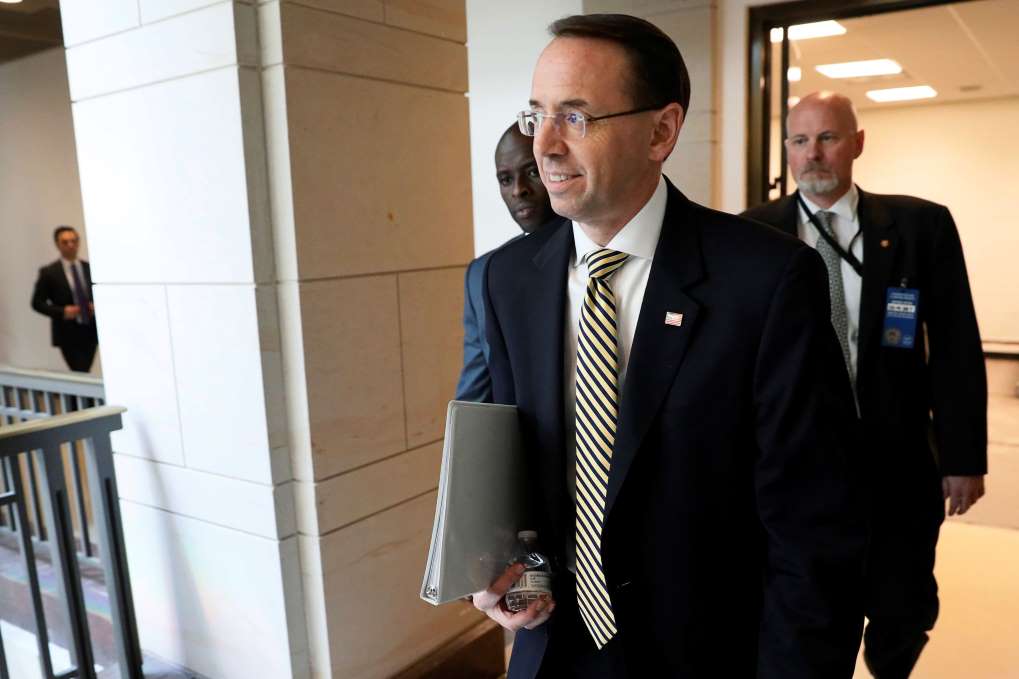SEPTEMBER 24, 2023

Zeor Emission Trucks – Patrick T. Fallon – AFP / Getty Images
California’s aggressive new restrictions on diesel engines are already failing, as truckers do everything they can to get around them.
According to USA Today, in April, lawmakers in the Golden State passed a mandate that requires companies to switch over to “zero-emission” trucks with the goal of having only “zero-emission” trucks by 2042.
Under the new rules, by 2036, manufacturers will only be allowed to sell zero-emission models of heavy-duty or medium-duty trucks.
However, drayage trucks, which carry cargo to and from the ports of Los Angeles, Long Beach and Oakland, have an even stricter timeline. New sales of those must be zero-emissions by 2024, with all remaining gas-powered trucks to be phased out by 2035.
Other states are reportedly considering similar laws for both passenger vehicles and trucks, but they might want to take a lesson from California here.
The restrictions on drayage trucks do not go into effect until the beginning of 2024, and they are already backfiring as truckers are finding ways to evade the ban on diesel drayage trucks.
According to the Wall Street Journal, many trucking companies in the state are stocking up on diesel rigs ahead of the Jan. 1 deadline, ensuring that the state has a supply of diesel drayage rigs for years to come.
Manny Carrillo, the chief executive of Talon Logistics, said that much of the motivation behind the buying spree is to avoid problems such as the scarcity of new electric vehicles and the limited availability of charging infrastructure once the mandate kicks in. “We are trying to take the hit now at a lot more reasonable cost per month versus buying electric trucks next year,” he said.
California’s leaders may want to get rid of all diesel-powered trucks within the next 20 years, but for now, it seems, that is going to be challenging as truckers try to get out in front of the deadline. Kenny Vieth, president of ACT Research, told the Wall Street Journal, “I have to think every trucker in California is doing all they can to get as many pre-mandate trucks in place as they possibly can.”
With the number of diesel rigs being purchased right now by truckers in California, it seems like the state government’s aim of getting to zero carbon emissions by 2042 is going to be much more difficult than expected. Honestly, it is easy to see why these trucking companies are so keen to spend money to purchase these trucks now, as electric vehicles have proven time and again to be unreliable.
There are not enough electric trucks to meet the demand of truckers in the state, meaning that they will be very scarce and very expensive to purchase, just as all other electric vehicles are super costly and out of reach for most people.
Yet, even if you can get your hands on an electric truck, they can only go a few hundred miles before needing to stop and recharge, which is time-consuming and expensive — if the appropriate charging devices can even be found. As Manny Carrillo said, better to spend the money now than to have to pay even bigger expenses later.
It is simply not fair to force these trucking companies to switch over to electric models when they are more expensive, and the technology is just not there yet in order to make it feasible.
This is not to say that electric trucks do not have a future, but rather, that if they are going to replace gas-powered and diesel rigs, they still have a long way to go before they are as reliable.
Electric trucks have a lot of potential, but forcing people to switch to them when electric truck availability and charging infrastructure are not ready is simply not right.
Courtesy/Source: The Western Journal





































































































